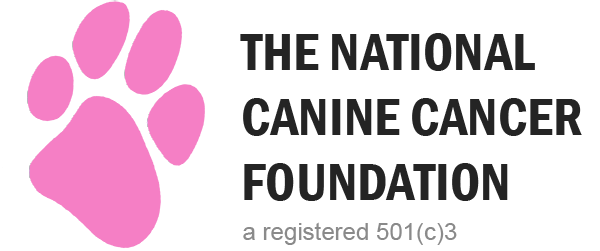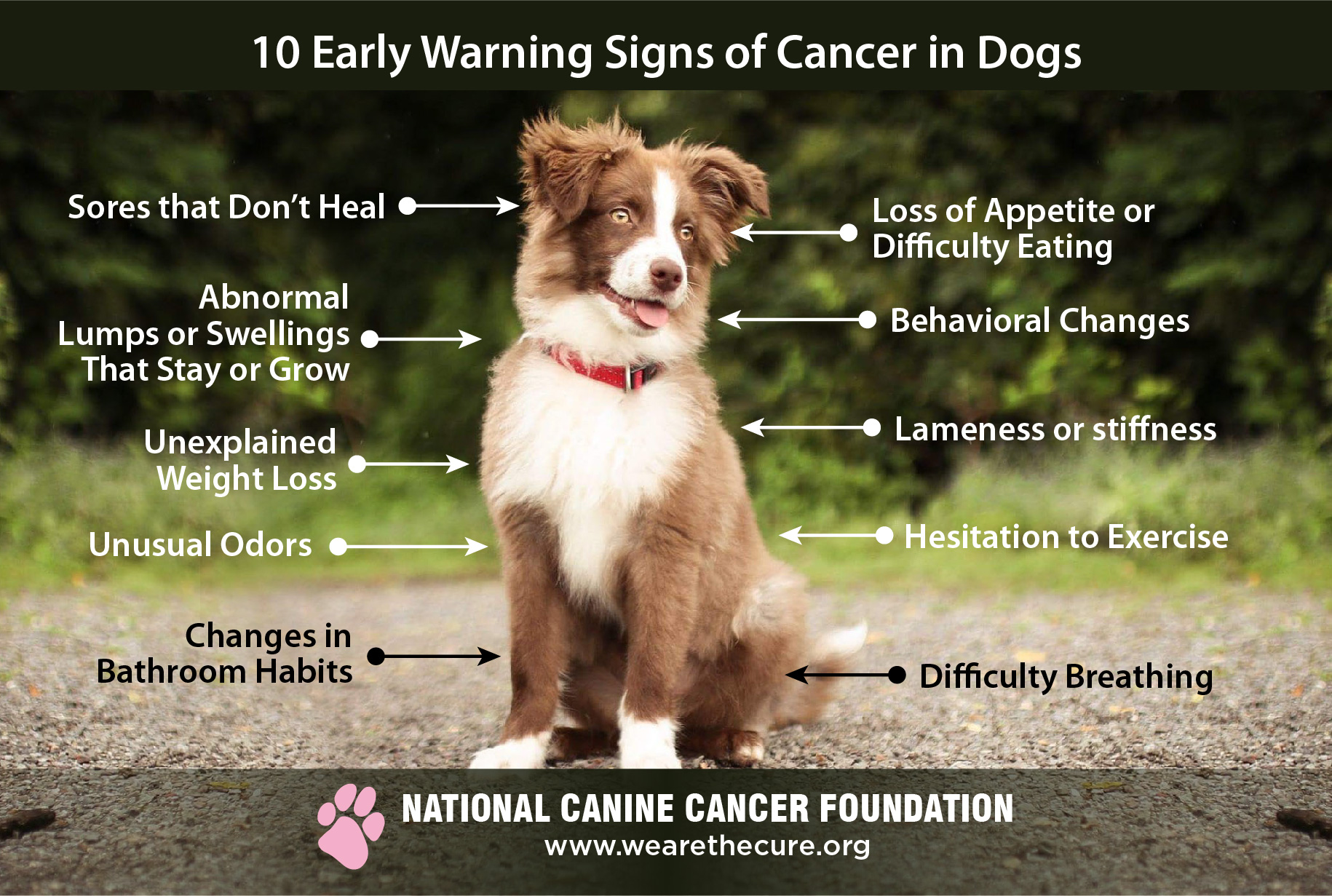One in three dogs will develop cancer in their lifetime—a staggering statistic that every pet owner should know. Cancer is a complex disease, but when caught early, treatment options expand, and your dog’s chances for recovery improve. Whether you’re a first-time dog parent or a seasoned pet lover, understanding the warning signs of cancer can be the difference between early intervention and missed opportunities. Here’s what every dog owner needs to know to stay vigilant about their dog’s health.
- Sores that Don’t Heal
- What to Watch For: Non-healing wounds are common in certain skin cancers and can indicate immune system issues.
- When to Seek Help: If a sore remains open, bleeds, or becomes painful, schedule a vet visit. Persistent wounds are not only uncomfortable but could signify a deeper issue.
- Abnormal Lumps or Swellings That Stay or Grow
- What to Watch For: Not every lump is cancerous, but if you notice a lump that’s firm, grows quickly, or seems painful to your dog, it’s worth a vet visit. These masses can appear almost anywhere on the body and often persist or increase in size.
- When to Seek Help: Regularly check for new lumps and document any changes. Consider using the National Canine Cancer Foundation’s Check Your Dog program, which provides guidelines for spotting and tracking early signs. Even if it’s small, report any growths to your vet.
- Unexplained Weight Loss
- What to Watch For: Weight loss in dogs, especially when eating habits haven’t changed, is concerning. Rapid or gradual weight loss can be a sign of various cancers, including those affecting organs like the stomach or liver.
- When to Seek Help: If your dog is losing weight without reason, schedule a vet appointment. Early testing can reveal underlying causes that may be treatable if caught early.
- Unusual Odors
- What to Watch For: Bad breath can sometimes mean more than poor dental hygiene. Foul odors from the mouth, nose, or other areas could indicate tumors, especially in the mouth or nasal cavity.
- When to Seek Help: Persistent odors should prompt a check-up with your vet. Catching this early can aid in diagnosing and treating oral or nasal cancers.
- Changes in Bathroom Habits
- What to Watch For: Changes in urination or bowel movements, including blood, unusual frequency, or accidents, could signal a problem with the bladder, kidneys, or intestines.
- When to Seek Help: Track any changes in your wellness journal and provide this information to your vet. Many internal cancers affect bathroom habits and catching this early can make a difference.
- Loss of Appetite or Difficulty Eating
- What to Watch For: Dogs who once eagerly ate meals may become finicky or struggle with chewing, especially if cancer affects the mouth or digestive tract.
- When to Seek Help: If a lack of appetite lasts beyond a day or two, or if there are visible issues with chewing or swallowing, it’s time to consult with a veterinarian.
- Behavioral Changes
- What to Watch For: Sudden aggression, hiding, or anxiety can be symptoms of internal discomfort and may indicate an underlying health issue.
- When to Seek Help: Significant changes in behavior are always a signal that something may be wrong. A vet visit can help rule out or diagnose potential health concerns.
- Lameness or stiffness
- What to Watch For: Limping that doesn’t improve over time may be a sign of bone cancer, especially common in larger breeds.
- When to Seek Help: Persistent limping or signs of pain should never be ignored. Bone cancer is aggressive, and early detection is crucial.
- Hesitation to Exercise
- What to Watch For: Cancer affects energy levels, leading to reluctance or hesitation to engage in previously enjoyed activities, such as walks or playtime. This may be subtle at first but can progress over time.
- When to Seek Help: If your dog hesitates to exercise or displays signs of pain during physical activities, this is worth investigating. Lethargy or reduced enthusiasm for exercise could indicate an underlying health issue.
- Difficulty Breathing
- What to Watch For: A chronic cough or labored breathing, especially in older dogs, may indicate lung cancer or other serious conditions.
- When to Seek Help: While occasional coughing can be harmless, ongoing respiratory issues need to be addressed quickly.
Being aware of these ten signs gives you the power to act swiftly, potentially saving your dog’s life. Remember, not every symptom means cancer, but vigilance is key to keeping your dog healthy and happy. Make sure to add our Check Your Dog program to your calendar. If you need more information head to our Prevention page.
Subscribe to our newsletter for expert insights, success stories, and resources to support you and your beloved pets.
Other Articles of Interest:
Blog: How To Help Pay For Your Dog Cancer Treatment Cost: 7 Fundraising Ideas
Blog: What Are Good Tumor Margins in Dogs and Why Are They Important?
Blog: Dispelling the Myths and Misconceptions About Canine Cancer Treatment
Blog: Financial Support for Your Dog’s Fight to Beat Cancer
Blog: Cancer Does Not Necessarily Mean A Death Sentence
Blog: What To Do When Your Dog Is Facing A Cancer Diagnosis – Information Overload
Blog: Dog Cancer Warning Signs: Help! I Found a Lump on My Dog




Recent Comments